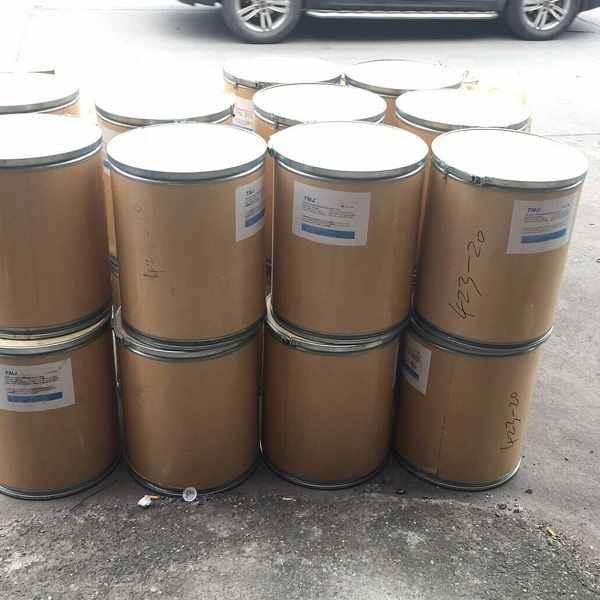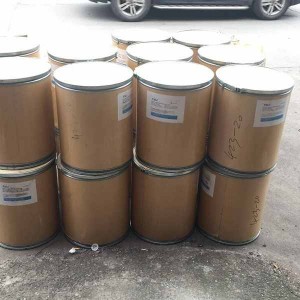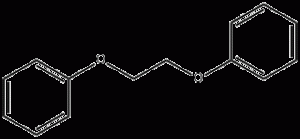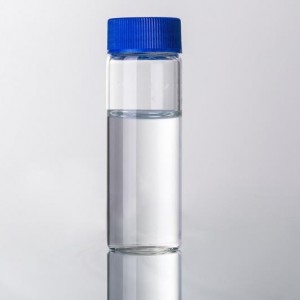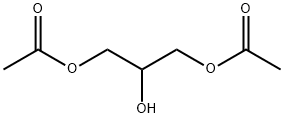CAS 121-33-5 Vanillin
Vanillin CAS 121-33-5, also known as vanillin, chemical name 3-methoxy-4-hydroxybenzaldehyde, is an organic compound extracted from the Rutaceae plant Vanilla bean. It is a white to yellowish crystalline or crystalline powder, slightly sweet, soluble in hot water, glycerol, and alcohol, and not easily soluble in cold water and vegetable oil. The aroma is stable and not easily volatile at higher temperatures. It is easy to oxidize in the air and discolor when exposed to alkaline substances.
Vanillin has the aroma of vanilla beans and a strong milky aroma, playing a role in enhancing and fixing fragrance. It is widely used in industries such as cosmetics, tobacco, pastries, candies, and baked goods, and is one of the largest synthetic flavor varieties in the world. The industrial production of vanillin has a history of over 100 years. The recommended dosage of vanillin in the final flavored food is approximately 0.2-20000mg/kg. According to the regulations of the Ministry of Health of China, vanillin can be used in formula foods for older and younger infants, as well as in cereal foods for infants and young children (excluding formula cereal powder for infants and young children), with a maximum usage of 5mg/mL and 7mg/100g, respectively. Vanillin can also be used as a plant growth promoter, fungicide, lubricating oil defoamer, and is an important intermediate in the synthesis of drugs and other fragrances. In addition, it can also be used as a polishing agent in the electroplating industry, as a ripening agent in agriculture, as a deodorant in rubber products, as an anti hardening agent in plastic products, and as a pharmaceutical intermediate, and is widely used
Chinese name: Vanillin
Foreign name: Vanillin
Nickname: Vanillin, 3-methoxy-4-hydroxybenzaldehyde
Chemical formula: C8H8O3
Molecular weight: 152.15
Appearance: White to slightly yellow crystalline powder
Solubility: Soluble in hot water, glycerol, and alcohol, not easily soluble in cold water and vegetable oil
CAS login number: 121-33-5
EINECS login number: 204-465-2
Melting point: 81 to 83 ℃
Boiling point: 285 ℃
Density: 1.056 g/cm ³
Flash point: 117.6 ℃
Physical and chemical properties
Density: 1.056g/cm3
Melting point: 81-83 ℃
Boiling point: 285 ℃
Flash point: 117.6 ℃
LogP: 1.19
Refractive index: 1.588
Appearance: White to slightly yellow crystalline powder
Solubility: Soluble in hot water, glycerol, and alcohol, not easily soluble in cold water and vegetable oil
Application in food storage and preservation
Food preservatives are divided into two categories: natural preservatives and chemical preservatives. They are used in food production, circulation, storage, and other processes to maintain food sensory properties, improve edible value, and extend storage time. Compared with chemical preservatives, natural preservatives have advantages such as environmental friendliness, lower production costs, good biocompatibility, and good preservation effects. Vanillin in food can be accurately detected by conventional methods such as UV visible spectrophotometry, chromatography, and electrophoresis, making it a highly safe food preservative. The application of vanillin in food storage and preservation can be divided into antibacterial, antioxidant, stabilizing other components in food, and inhibiting respiratory rate.
Antibacterial activity
Vanillin is a natural antibacterial agent that often combines with other antibacterial methods in the food industry, and its antibacterial effects on different bacterial strains vary. The antibacterial effect of vanillin is related to its concentration and pH value. Higher concentrations and lower pH values of vanillin are beneficial for improving its antibacterial effect. The antibacterial effect of vanillin on different bacterial strains is different, and compared to other bacterial strains, vanillin has a better antibacterial effect on Escherichia coli. Vanillin has inhibitory effects on various yeast strains. High concentrations of vanillin are beneficial for improving its antibacterial effect, but high concentrations of vanillin cannot immediately kill yeast strains. Composite preservation achieves a synergistic effect between preservatives (or preservation methods) and is a widely accepted method for preserving fruits and vegetables. The antibacterial effect of spices often has a synergistic effect and the dosage is smaller than that of single use. For example, for preventing Aspergillus niger pollution, the effective bactericidal dosage of vanillin alone is 0.5%, while a mixture of 0.05% vanillin and 0.0025% cinnamaldehyde can exert bactericidal effect.
Vanillin also plays an important role in assisting in antibacterial and bactericidal activities. In the current production process, thermal sterilization is still the most common sterilization method in fruit juice processing, and its treatment methods are generally pasteurization and high-temperature instantaneous sterilization. Traditional sterilization methods often lead to problems such as the destruction of nutrients in fruit juice and product browning.
antioxidant
The mechanism of action of antioxidants with similar structures varies. Vanillin mainly accelerates the clearance of free radicals through the oxidation product vanillic acid. The antioxidant effect of vanillin can significantly prolong the shelf life of oily foods and mask their rancidity. The isomer of vanillin, o-vanillin (3-methoxy-2-hydroxybenzaldehyde), has been proven to have a scavenging effect on peroxynitrite anions, but it is not a very good free radical scavenger.
Stabilize other ingredients in food
Previous studies have shown that the reaction products of vanillin can help stabilize other components in food: resveratrol is a natural functional component. To improve its stability and fully exert its functional effects, a network of chitosan microspheres formed by the reaction of vanillin with chitosan are used to coat resveratrol, which helps to control its release; The condensation product of vanillin with amino groups has good chelating ability with metal ions, which can effectively improve the stability of the substances it contains.
ChemicalCAS.com offers price quotation and technology support of chemical from China. In the quotation from China factory supplier, we will include price terms, payment, lead time, COA, TDS, MSDS etc. We make sure the reliable purchase source and product quality. If you need to buy chemical from China, please feel free to contact sales@chemicalcas.com






